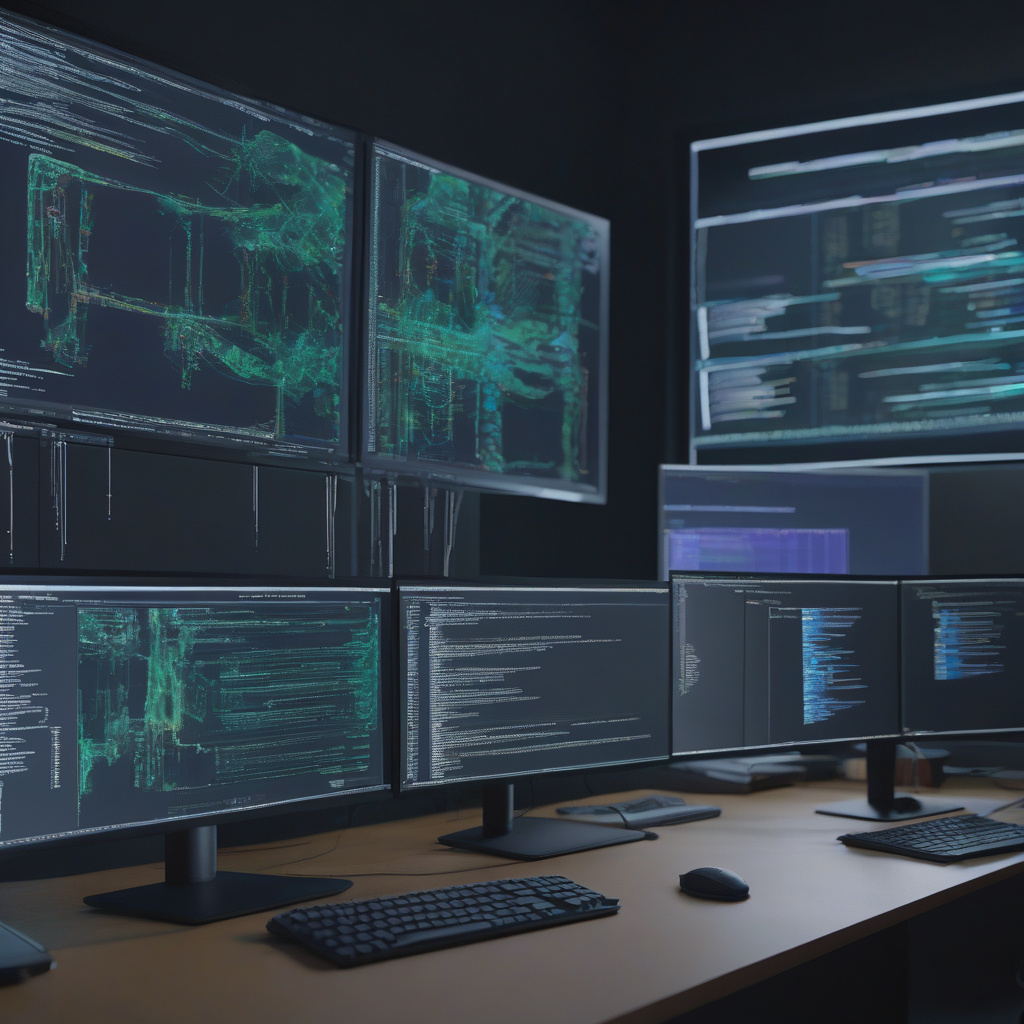In the ever-evolving landscape of cybersecurity threats, the recent emergence of self-propagating GlassWorm attacks has sent shockwaves through the IT and development communities. This insidious worm, armed with invisible code capable of pilfering credentials and commandeering developer systems as criminal proxies, poses a formidable challenge to digital defenses. With reports indicating that this sophisticated malware has already infiltrated nearly 36,000 machines, the urgency to fortify our digital fortresses has never been more pressing.
The implications of these GlassWorm attacks reverberate far beyond individual systems, extending their tendrils deep into the supply chain of software development. As developers across the globe rely on tools like Visual Studio Code (VS Code) to craft the digital ecosystems we inhabit, the vulnerability introduced by these clandestine attacks becomes alarmingly apparent. The very tools we entrust with building the future now stand as potential gateways for malicious actors to sow chaos and compromise the integrity of our digital infrastructure.
Imagine a scenario where the code editor you use daily, such as VS Code, becomes not just a tool for innovation but a vector for infiltration. The lines of code you meticulously craft could unwittingly serve as conduits for malicious intent, as the GlassWorm lurks in the shadows, ready to exploit any vulnerabilities it encounters. This chilling prospect underscores the critical need for heightened vigilance and proactive measures to safeguard our digital environments.
As defenders of the digital realm, we must adopt a multi-faceted approach to combatting the menace of self-propagating GlassWorm attacks. This entails not only fortifying our systems with robust cybersecurity protocols but also cultivating a culture of awareness and resilience among developers. By staying abreast of the latest threat intelligence, implementing secure coding practices, and conducting regular security audits, we can erect formidable barriers against incursions by such insidious malware.
Furthermore, collaboration and information sharing within the developer community are paramount in the face of such pervasive threats. By pooling our collective expertise and insights, we can bolster our defenses and fortify the very foundations upon which our digital ecosystem rests. Platforms for sharing threat intelligence, such as security forums and developer communities, serve as invaluable bastions in our collective defense against the encroaching tide of cyber threats.
In conclusion, the specter of self-propagating GlassWorm attacks targeting the VS Code supply chain serves as a stark reminder of the ever-present dangers lurking in the digital domain. As we navigate this treacherous landscape, let us arm ourselves not just with tools and technologies but with a steadfast resolve to uphold the principles of cybersecurity and safeguard the integrity of our digital infrastructure. Together, we can stem the tide of cyber threats and forge a future where innovation thrives in a secure and resilient environment.

